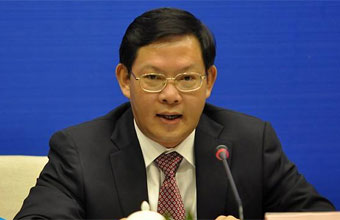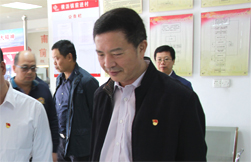Home> Arts and Traditions
Wuchuan Piaose
Wuchuan Piaose (literally, flying color) is a folk art from Zhanjiang, Guangdong province originating in Shagang village of Huangpo town, Wuchuan in the late Qing Dynasty (1644-1911).
Created by Chen Quheng, a local artist born in the Qing Dynasty, Wuchuan Piaose has undergone a long process of evolution, from its original "spinning figures" to "figures on the table", and now to contemporary "flying figures". Most piaose figures come from historical stories and fairy tales. In recent years, more modern subjects have been included in performances.
Wuchuan Piaose features a unique variety of artistic forms. The piaose figures are often children aged between six and twelve supported by a hidden steel bar. Figures that sit or stand on a platform are called ping (literally, screen), while those flying in the air are called piao (floating).
In the past, piaose figure performances comprised one ping and one piao. Today there can be many varying combinations of ping and piao. Wuchuan Piaose has great aesthetic and artistic value, integrating opera, magic and acrobatics. Today it is performed in Wuchuan during the Lantern Festival, most often attracting thousands of admirers.
Wuchuan Piaose was invited to be performed at the Chengdu International Intangible Cultural Heritage Festival in July, 2009. In 2000, Meilu town of Wuchuan was named a "Town of Chinese Folk Art" by the Ministry of Culture.
 |
|
Piaose figures are often comprised of one ping, who stands or sits on a platform, and one piao who flies in the air. [Photo/gdsqyg.com] |
 |
|
Children fly in the air, performing a traditional Chinese myth Eight Immortals Crossing the Sea. [Photo/gdsqyg.com] |

 Print
Print Mail
Mail 5G construction supports Zhanjiang's high-quality development
5G construction supports Zhanjiang's high-quality development
 Acting mayor inspects project construction in Xuwen, Leizhou
Acting mayor inspects project construction in Xuwen, Leizhou Zhanjiang island an "egret paradise"
Zhanjiang island an "egret paradise"  Dancing egrets add vitality to Xiashan
Dancing egrets add vitality to Xiashan